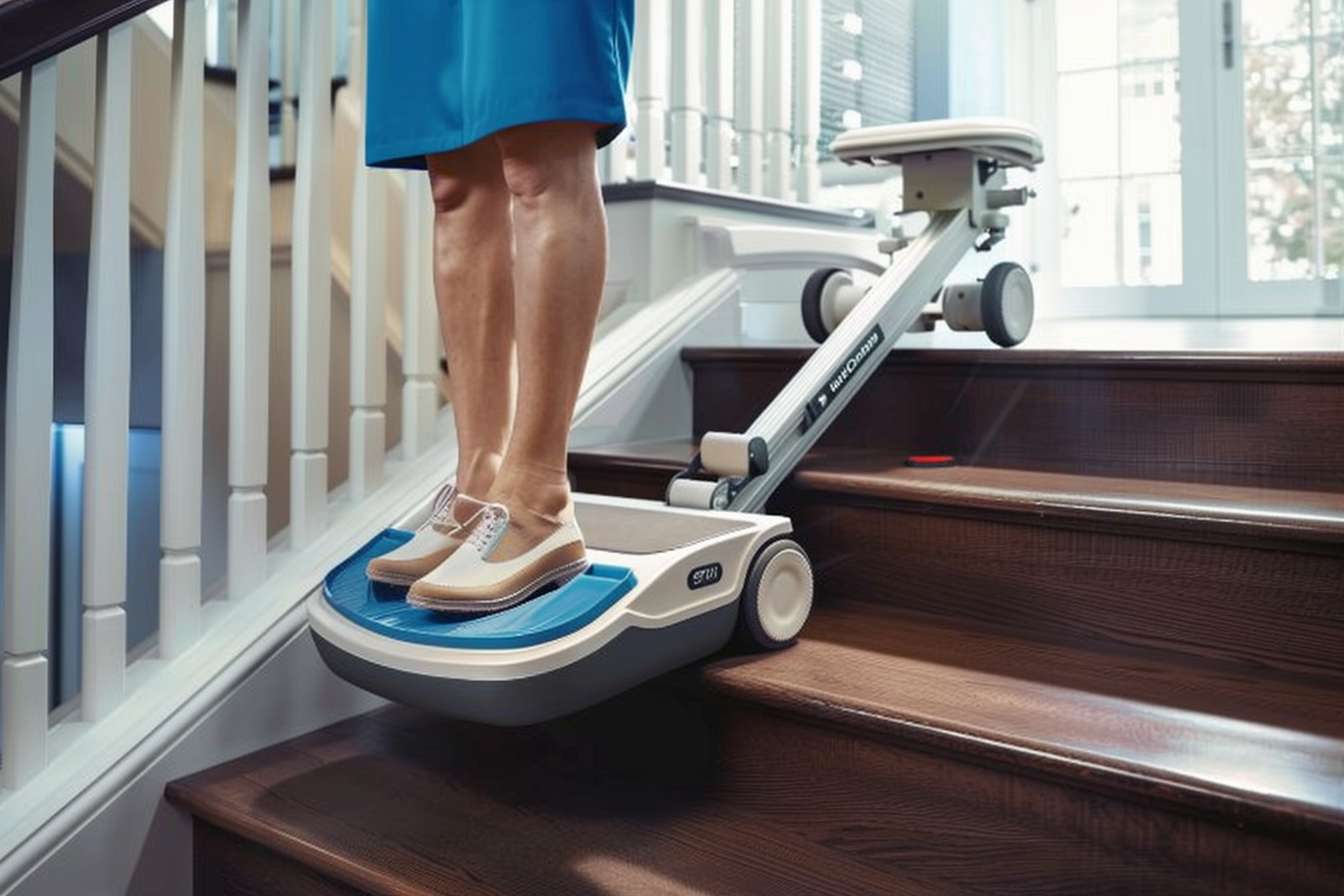Portable Stair Access Solutions for Enhanced Mobility
Portable stair access devices offer temporary solutions for individuals with mobility challenges. These transportable units provide independence and safety when navigating stairs in various locations, from homes to public buildings. Understanding the different types, features, and considerations helps determine the most suitable option for specific mobility needs.

What Are Portable Stair Access Devices?
A mobile stairlift represents a portable alternative to permanent stair lift installations. These devices assist individuals with limited mobility in safely navigating stairs without requiring permanent modifications to the staircase structure. Unlike traditional fixed stairlifts that attach to walls or bannisters, mobile units can be transported and used in different locations as needed.
These devices typically feature battery-powered operation, lightweight construction, and folding mechanisms for easy storage and transport. They serve particularly useful purposes for temporary mobility issues, rental properties, or situations where permanent installation proves impractical.
How Do Portable Stair Climbers Work?
Portable stair climber technology operates through various mechanical systems designed to provide smooth, controlled movement up and down stairs. Most models utilize either tracked systems similar to tank treads or wheeled mechanisms that grip stair edges for stability.
The user typically sits in a secure chair while the device’s motor system handles the climbing motion. Safety features include emergency stop buttons, secure harnesses, and automatic braking systems that engage if the device detects instability. Battery life generally ranges from 10 to 20 trips depending on the model and stair height.
Weight capacity varies significantly between models, with most accommodating users between 100 to 300 pounds. The climbing speed remains deliberately slow to ensure safety, typically covering one step every 2-3 seconds.
Benefits of Stair Assistance Chairs
Stair assistance chair solutions provide numerous advantages over permanent installations. Portability allows users to maintain mobility access in multiple locations, whether visiting family, traveling, or moving between different floors in various buildings.
Cost effectiveness represents another significant benefit, as mobile units typically cost less than permanent installations while avoiding construction requirements. This makes them ideal for renters or those with temporary mobility needs following surgery or injury.
The independence factor cannot be understated. Users can operate most portable devices without assistance, maintaining dignity and autonomy in their daily activities. Additionally, these devices often prove invaluable for caregivers who might otherwise struggle to assist individuals up and down stairs safely.
Types and Features Available
Several distinct categories of portable stair access devices exist to address different needs and stair configurations. Tracked models work well on straight staircases and provide excellent stability through their continuous contact with stair surfaces. Wheeled versions offer lighter weight and easier maneuverability but may require more user balance.
Some models feature standing platforms rather than chairs, accommodating users who cannot bend their knees or prefer to remain upright. Others include adjustable seating positions and removable components for customized comfort.
Advanced features may include remote controls, smartphone connectivity for monitoring battery levels, and adjustable speed settings. Weather-resistant models allow outdoor use on external staircases, while compact folding designs prioritize storage convenience.
Safety Considerations and Limitations
While portable stair access devices provide valuable mobility assistance, users must understand their limitations and safety requirements. Weight restrictions must be strictly observed, as exceeding capacity can result in device failure or injury.
Stair compatibility varies between models. Some devices work only on straight staircases, while others can navigate curved or spiral stairs with limitations. Surface conditions affect performance, with wet, icy, or debris-covered stairs potentially creating hazardous situations.
Regular maintenance ensures safe operation. Battery charging schedules, mechanical inspections, and cleaning protocols help prevent malfunctions. Users should receive proper training on operation procedures and emergency protocols before independent use.
| Product Type | Provider | Key Features | Cost Estimation |
|---|---|---|---|
| Tracked Portable Lift | ScalaCombi | Battery powered, 300lb capacity | £8,000-£12,000 |
| Portable Stair Climber | Stryker Stair-PRO | Wheeled system, compact design | £6,000-£9,000 |
| Standing Platform Lift | Garaventa Lift | Standing position, outdoor rated | £10,000-£15,000 |
| Lightweight Climber | HUR | 220lb capacity, easy transport | £4,000-£7,000 |
Prices, rates, or cost estimates mentioned in this article are based on the latest available information but may change over time. Independent research is advised before making financial decisions.
Choosing the Right Portable Solution
Selecting an appropriate portable stair access device requires careful consideration of specific needs, physical capabilities, and usage scenarios. Frequency of use influences whether rental or purchase makes more financial sense, with occasional users often benefiting from rental arrangements.
Physical assessment should include evaluation of upper body strength, balance, and cognitive ability to operate controls safely. Stair measurements and configurations must match device specifications to ensure compatibility and safe operation.
Consultation with mobility specialists or occupational therapists can provide valuable guidance in selecting appropriate features and training requirements. Many suppliers offer demonstration periods or trial rentals to help users experience different models before making final decisions.
Portable stair access devices represent an innovative solution for temporary or flexible stair access needs. While they cannot replace permanent installations in all situations, they provide valuable independence and safety benefits for many users facing mobility challenges. Careful selection based on individual needs, proper training, and regular maintenance ensure optimal performance and safety outcomes.




